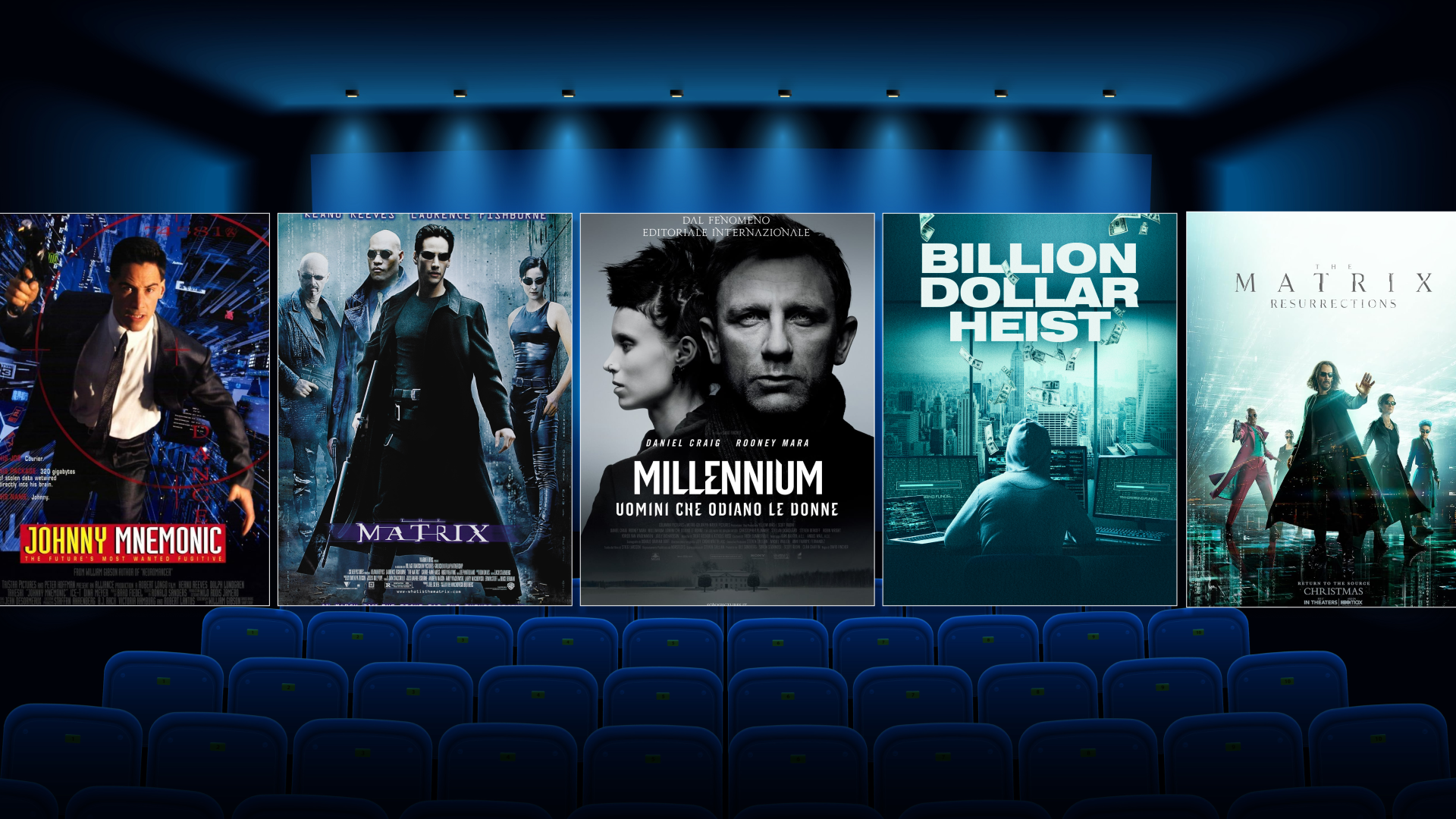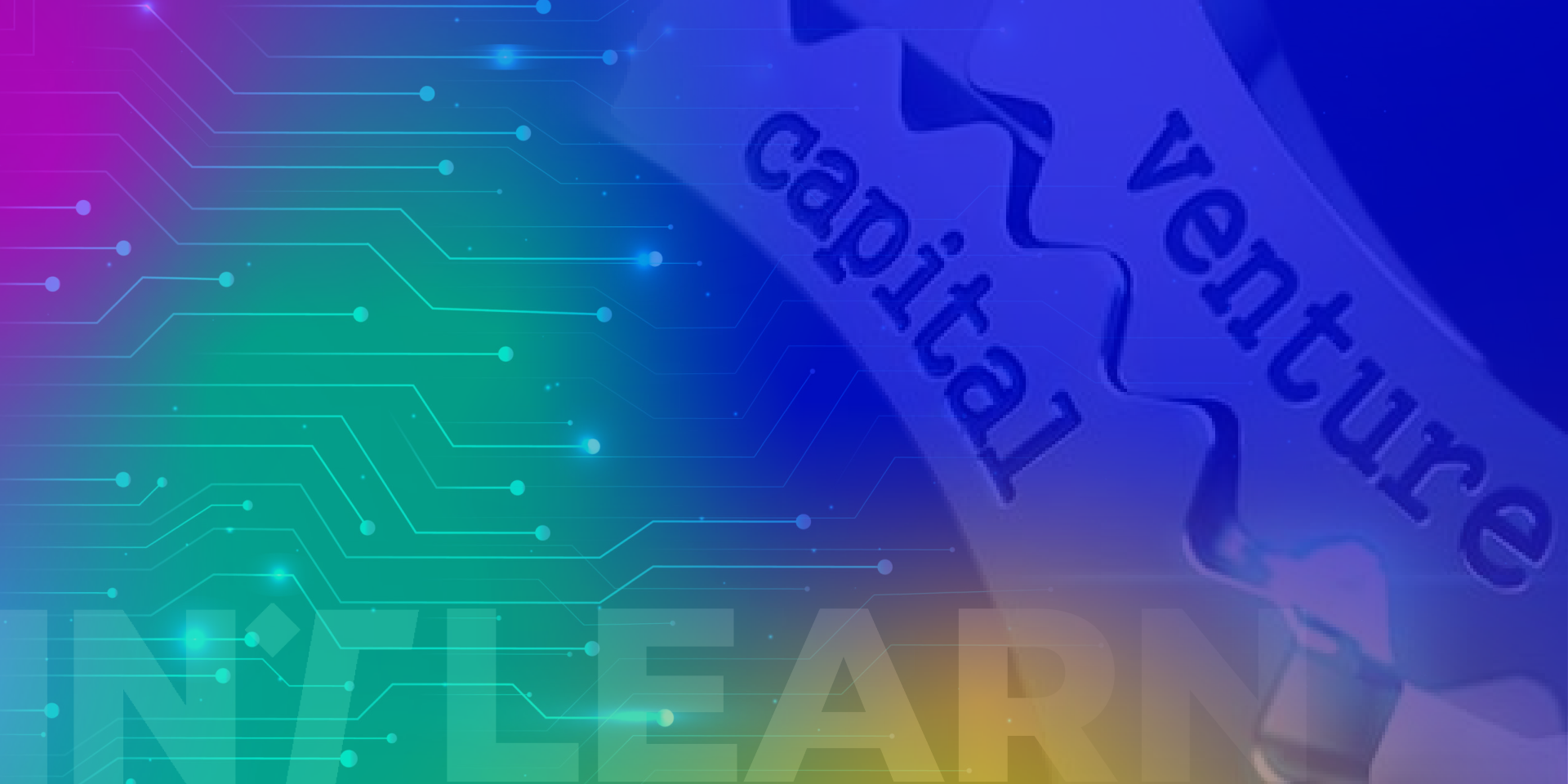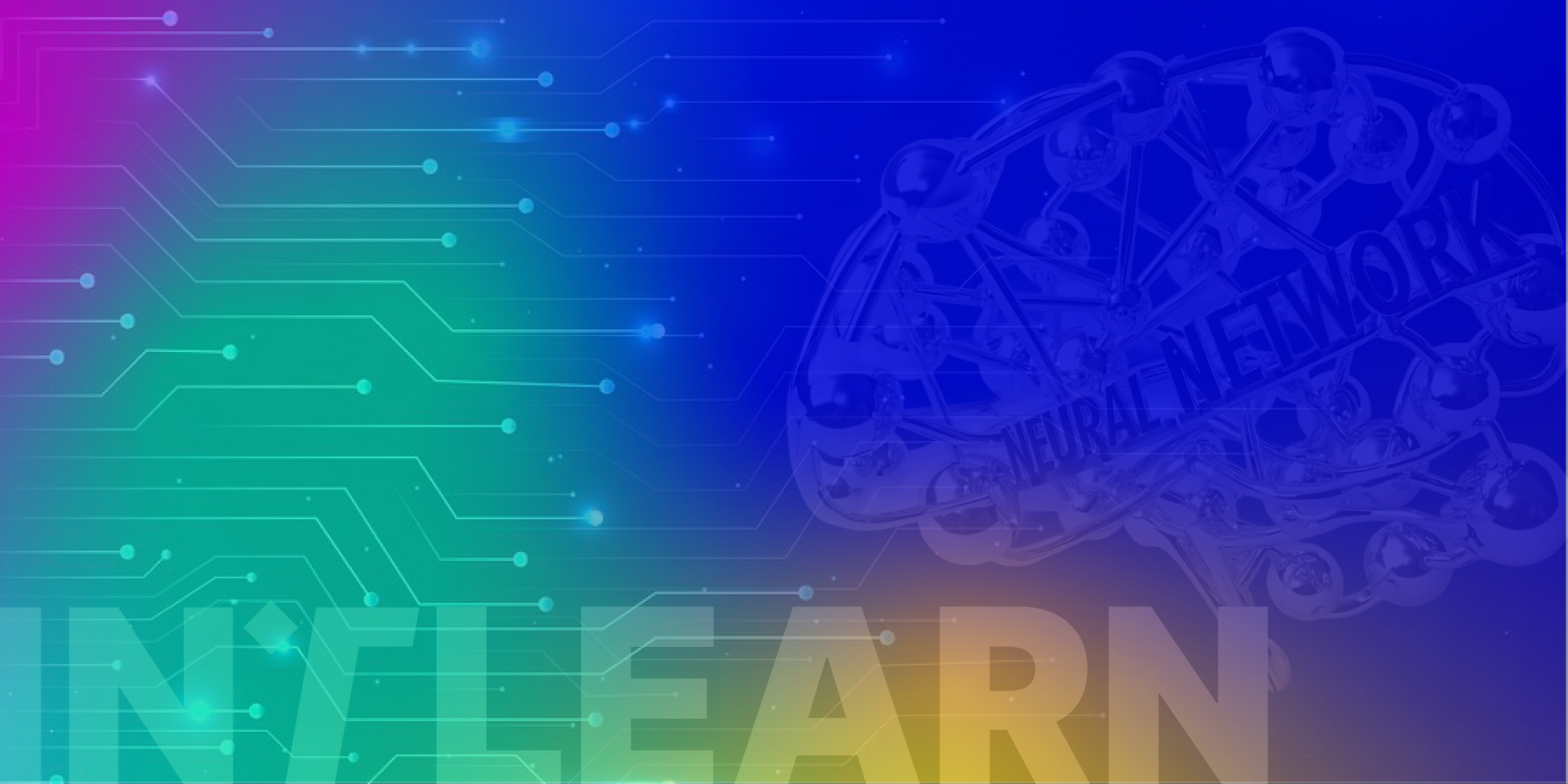Books and cinema have always had the gift of anticipating the times.
And when it comes to hacking, artificial intelligence and cybercrime, some films even seem to predict the dynamics that today cybersecurity faces every day.
In today’s cyber-review we will build, compared to the usual,a path of iconic films by reviewing them through the lens of current digital threats.
Johnny Mnemonic (1995)
Set in 2021, a year now definitely past.
The scenario is cyberpunk: a world dominated by mega-corporations, virtual reality and clandestine information trafficking. Johnny (Keanu Reeves), “human data carrier,” agrees to carry a file implanted directly into his brain with decidedly unexpected consequences.
Inspired by the universe of William Gibson, whose books we recommend reading, the film anticipates concepts currently discussed in the real world such as bio-hacking, advanced cryptography and illicit trafficking of sensitive data.
The Cyber Parallel with the real world:
Today, even without neural chips in the skull, sensitive data travels on vulnerable devices, poorly configured clouds and compromised supply chains. The idea of breached human memories is reflected in the risks of leaks, industrial espionage and the new frontiers of neurosecurity.
Matrix (1999)
Neo is a hacker who lives two lives: programmer by day, network outlaw by night.
Behind the curtain of his dual life, he discovers that reality itself is a simulation created by an artificial intelligence.
Matrix is not just a visual masterpiece, it’s an invitation to look under the digital surface.
The allegory of code, free will and computer manipulation are powerful in this first chapter, with references and scenes that have remained in the collective imagination for years.
The Cyber Parallel with the real world:
Today we live with virtualized environments, containers, test systems, deepfaking and social increasingly addictive. The risk of unintentional exposure of critical business systems, poorly segmented environments and data leaks is highest.
Security in complex systems requires identity control, robust encryption and real sandboxing.
Without forgetting ideologically how fragile is becoming the margin between the real world and the world of social, with a need to appear that begins to have psychological implications even catastrophic.
It is also the milestone of technological transition at the level of film, just before the advent of smartphones, cross and delight of our time.
Millennium – Uomini che odiano le donne (2011)
Let’s move on to an investigative thriller from Stieg Larsson’s novel, where the real protagonist is Lisbeth Salander, a solitary, alternative and brilliant hacker who penetrates digital networks and identities with realistic and tangible methods.
We are far away, especially in the first version of the adaptation , from the world of special effects: they are actively used keylogging, social engineering, silent intrusions into systems, and an investigative style in which cyber merges with staff.
The Cyber Parallel with the real world:
The film portrays everyday hacking: identity theft, account theft, exploits and reconnaissance techniques in the dark web.
Attack modes that, even today, constitute 90% of real compromises. Lisbeth is an ethical hacker (though borderline) ante litteram.
Billion Dollar Heist (2023)
In this docu-thriller, reality surpasses fantasy with the story of a real world heist: the attempted theft of one billion dollars by an APT group at the expense of the central bank of Bangladesh.
No excess of imagination: only well-coordinated attacks, phishing, banking vulnerabilities and lack of procedures.
Interviews and experts highlight how fragile financial systems can still be today in the face of motivated and organized threat actors.
The Cyber Parallel with the real world:
A clear lesson: infected emails, misconfigurations, delays in adapting procedures and mapping systems are enough to create a catastrophe. The film is a textbook on cyber risk governance disguised as a thriller.
We close the circle with the last chapter of a saga already mentioned, beyond its critical and public success, taking into account its cyber profile.
Matrix Resurrections (2021)
In the sequel/reboot, Neo is a game designer trapped in a new simulation.
A rebellious artificial intelligence, accesses its development environment to free it.
The film introduces a modern reflection: the boundaries between social, test environments, production and virtual reality are increasingly blurred.
The Cyber Parallel with the real world:
The film subtly criticises the growing confusion between test environments and real-world environments, as is often the case in modern DevOps.
It is the perfect metaphor for accidents caused by misconfigurations, unattended administrative accesses and permits or voluntary backdoors, with a potentially veiled critical tip to some governments’ demands for control over systems.
From the cyberpunk dystopia of Johnny Mnemonic, to the technical clarity of Billion Dollar Heist, cinema tells us what is reality today:
Cybersecurity is an integral part of our lives.
Even if in films the solutions are faster and more spectacular, the vulnerabilities, the methods of attack and the human limits remain current.
A critical look at the end, always need.
Article in collaboration with Lorenzo Raimondo, Managing Director of Observere




